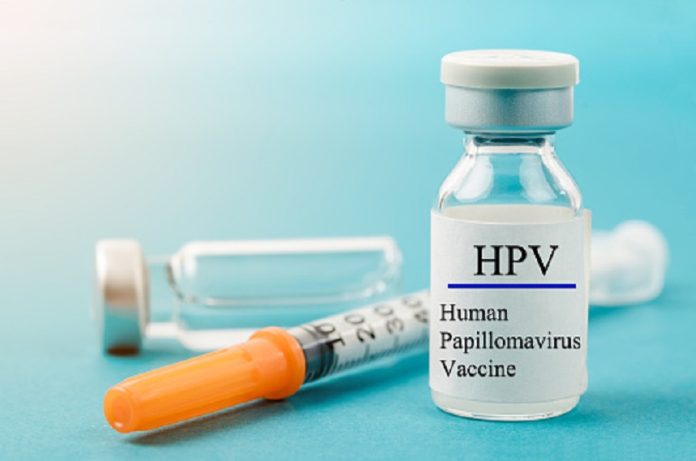More adolescent girls across the world will be able to access the human papillomavirus (HPV) vaccine, thanks to proactive efforts from the Vaccine Alliance and manufacturers, which have led to increasing supply.

According to projections outlined in a new insight paper published by Gavi, the Vaccine Alliance, overall HPV vaccine supply is expected to increase, and demand could be met in 2025.
However, careful planning will be needed in 2024.
Developed in consultation with a range of key Alliance partners, the Gavi market shaping roadmap for HPV vaccines also showcases how partners, manufacturers and countries must work together to secure a sustainable pipeline of supply over the next decade.
With over 348,000 deaths in 2022, cervical cancer continues to kill women across the world and disproportionately impact the most vulnerable communities
“Lower-income countries have missed out on HPV vaccines for far too long. To ensure we reach our goal of protecting 86 million girls by 2025, it’s vital that our current supply of doses is managed carefully, and we have donor and manufacturer support to go further and protect more girls,” said Aurélia Nguyen, Chief Programme Officer at Gavi.

“With an increase in the number of suppliers and the WHO SAGE one-dose recommendation, Gavi is urgently acting on these opportunities, collaborating with partners and countries to scale up access, while equally driving efforts to ensure there is a sustainable supply of HPV vaccines – now, and in the future.”
For over a decade, Gavi has been working to address historical supply challenges while supporting countries to protect 16.3 million adolescent girls with the HPV vaccine.
To ensure we reach our goal of protecting 86 million girls by 2025, it’s vital that our current supply of doses is managed carefully
However, these challenges, combined with barriers to accessing the HPV vaccine and the COVID-19 pandemic, led to a concerning drop in coverage of the HPV vaccine across lower-income countries.
Coverage in 2022 surpassed pre-pandemic levels at 21% for one dose, but it is still well below ideal levels; and the majority of the world’s unprotected girls are in lower-income Gavi implementing countries.

With over 348,000 deaths in 2022, cervical cancer continues to kill women across the world and disproportionately impact the most vulnerable communities: 90% of these deaths occurred in low- and middle-income countries.
Yet the HPV vaccine is 90% effective at preventing the disease. With an increased number of suppliers and vaccines available, establishing a secure and sustainable pipeline of supply will be critical to ensure communities everywhere have access and adolescent girls are protected, regardless of where they live.
the HPV vaccine is 90% effective at preventing cervical cancer
To achieve its vision of a healthy vaccine market, Gavi has highlighted four key market objectives, each of which is underpinned by target outcomes:
- Supply meets demand to support HPV vaccine programme implementation;
- Predictability of medium- to long-term demand is enhanced to facilitate secure supply of affordable vaccines;
- Diversity of products suitable for different country contexts is achieved with healthy competition between suppliers;
- Future innovations for potentially new HPV vaccines are accommodated – such as vaccine microarray patches (MAPs) that are applied to the skin to painlessly deliver a vaccine.

Addressing vaccine market failures has been key to Gavi’s success in expanding childhood immunisation.
In 2023, Gavi helped enhance access to the HPV vaccine in Nigeria, Bangladesh and Indonesia among others -– reaching over 8 million girls in these three countries alone to date.


